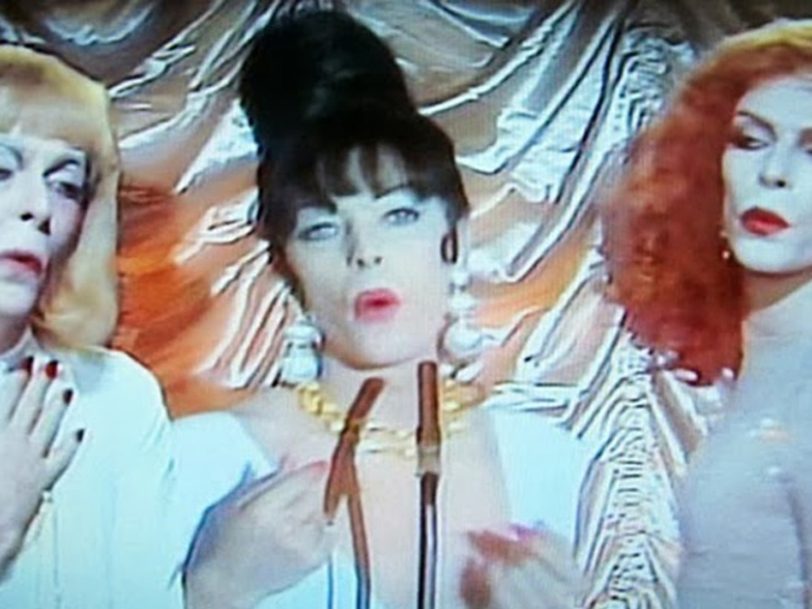“I find it intensely offensive to see women treated as chattel or appendages,” David Bowie told his wife, Iman, when she interviewed him for Bust magazine in the year 2000. “I cannot think of a situation where a woman could not do an equal if not better job than a man.” A little over 20 years before having that conversation, Bowie had used the song Boys Keep Swinging to critique the sorts of gender bias he derided. Released as the lead single from Bowie’s 1979 album, Lodger, the song was packaged as a jaunty celebration of the birthrights of the male sex – but, as anyone who paid attention soon realised, that was not its purpose at all.
Listen to the best of David Bowie here.
The backstory: “I do not feel that there is anything remotely glorious about being either male or female”
At the start of the 70s, Bowie had set out to upend gender roles and sexual “norms” with an almost single-minded determination. On the front of his third album, 1970’s The Man Who Sold The World, he appeared wearing what he would term a “man’s dress”, draping himself across a chaise longue in what has gone down as one of the best David Bowie album covers of all time. For the following year’s Hunky Dory, he stared out of the rear sleeve looking for all the world like a boho Lauren Bacall. By the time he announced to Melody Maker magazine, in early 1972, “I’m gay and always have been,” he was helping to bring into the mainstream a conversation about gender fluidity that continues to this day.
- Best David Bowie Songs: 50 Tracks That Rewrote The Rock Rulebook
- The Real Reason Why David Bowie Had Different Coloured Eyes
As Bowie recorded Lodger, this predilection for challenging gender stereotypes found a new outlet through the art-rock experiments he was continuing to undertake with Brian Eno, with whom he’d already rewritten the rock rulebook on the Low and “Heroes” albums. The result was a little over three minutes of avant-pop titled Boys Keep Swinging – a song that Bowie told New York City radio station WNEW-FM was “ultra-chauvinist overkill” done “strictly tongue in cheek”.
The recording: “It was like a freight train coming through my mind”
Initial recording sessions for Boys Keep Swinging took place in September 1978, at Mountain Studios, in Bowie’s recently adopted hometown of Montreux, Switzerland. It was here that Bowie and his band laid down the backing tracks for Lodger’s ten songs, in a series of sessions that would produce more pop-minded material than could be found on his recent albums, without curbing his instinct for taking creative risks.
Fittingly, for an album recorded under the working title Planned Accidents, Brian Eno redeployed the Oblique Strategies cards he’d first presented to Bowie and band during the Low and “Heroes” sessions. One such card, bearing the directive “Use Unqualified People”, proved crucial to achieving Bowie’s aim of having his band play Boys Keep Swinging as if they were “young kids in the basement just discovering their instruments”.
Asking his core rhythm section of guitarist Carlos Alomar, bassist George Murray and drummer Dennis Davis to switch to instruments they weren’t proficient in, Bowie led the group – Alomar now on drums, Davis on bass and Murray on keyboards – through the song, with Simon House adding what producer Tony Visconti would term “mad” John Cale-like violin saws, fed through “a fierce chorus effect”.




